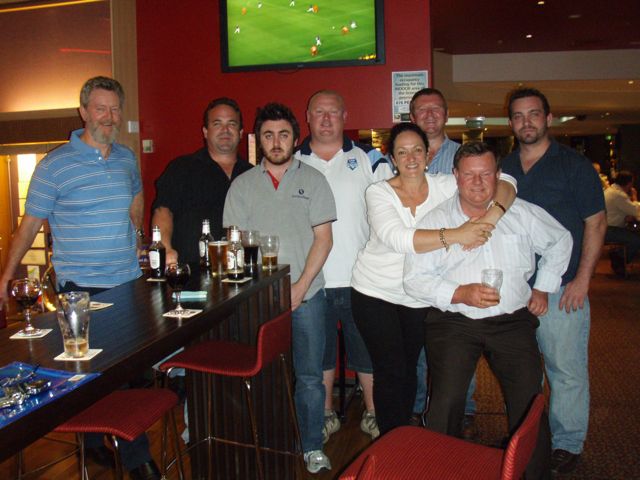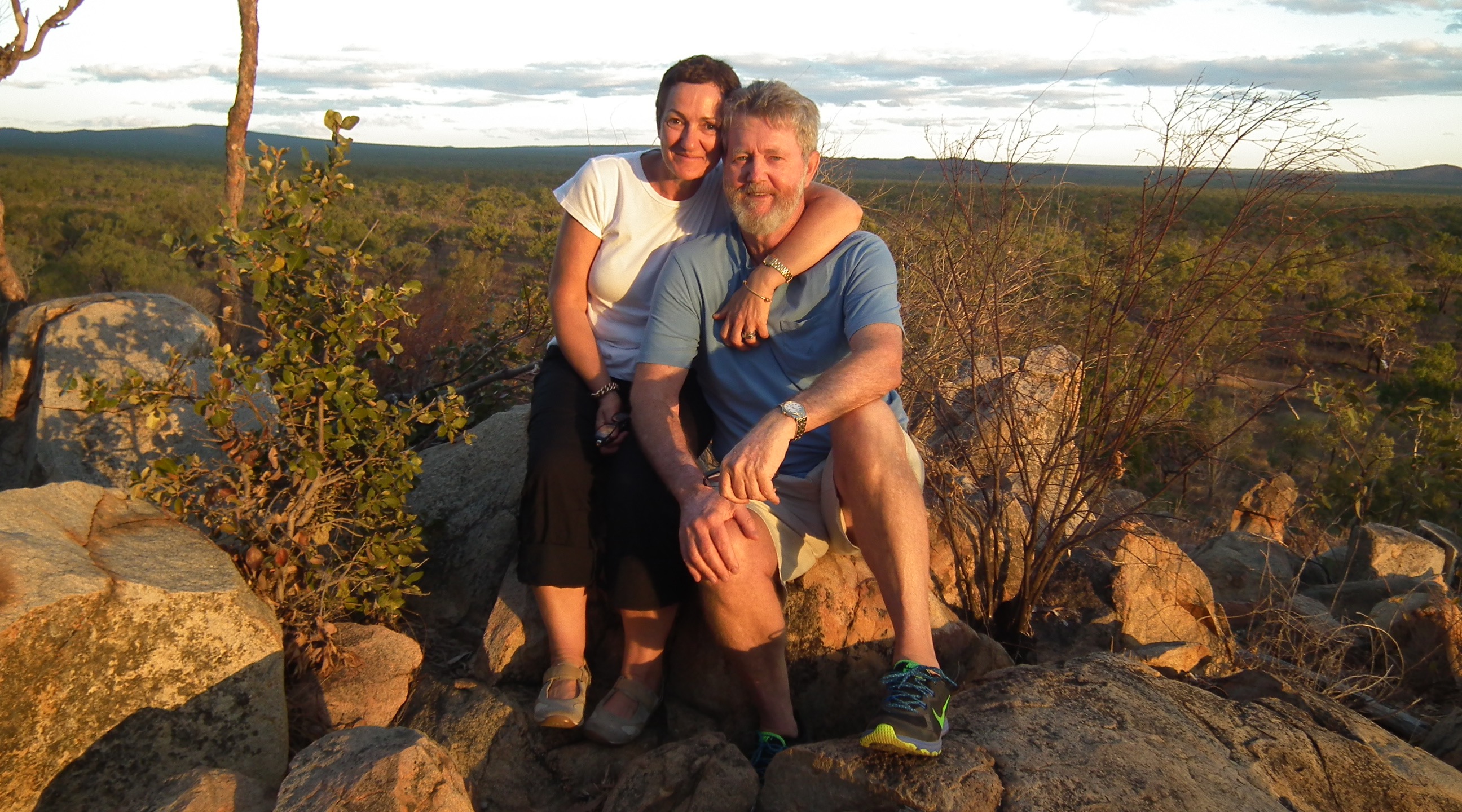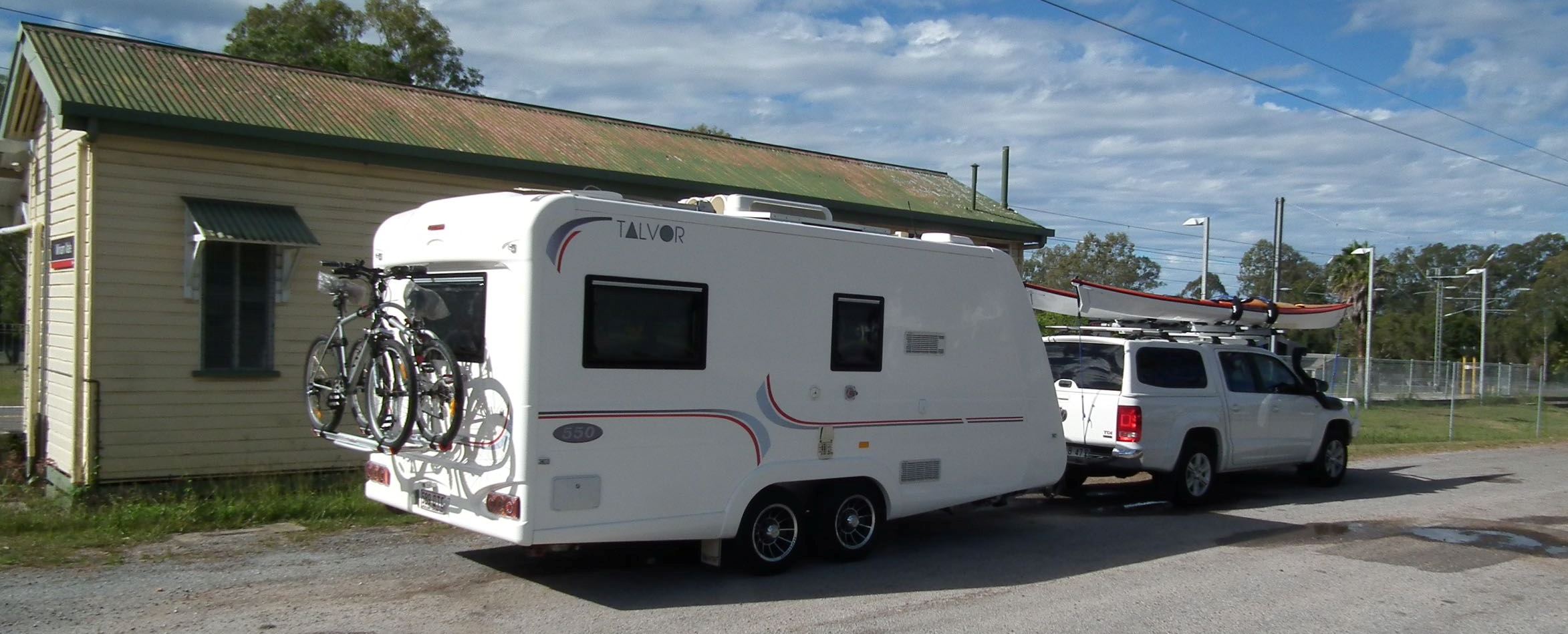|
|
||
|
||
|
Privacy Policy | Editorial Policy | Profit Policy | Join the Association | List of Members | Contact us | Index | Links |
||
|
Back Go to page: 1 2 3 4 5 6 7 8 9 10 11 12 13 14 15 16 17 18 19 20 Forward
|
||
|
My Story
|
||
|
|
||
|
Andrew Berriman.
A few months ago, Trevor Benneworth contacted me and told me it seemed that I had had an interesting career after my RAAF service and asked if I would write an article for the RAM.
I decided to reflect on what Trevor had said, a few days of reflection to look back over the past 45 years since I ended my 6-year period of enlistment as a corporal Telstech and I agreed to write my story.
It is not often that you take the time to take in your past but I found it both cathartic and uplifting.
Prior to joining the RAAF on the 26th November 1965 at the tender age of 18, I had had a fairly typical upbringing for a boy born into a post WW2 Australian family in February 1947. I was born in Perth to a West Australian father and a Queensland mum and was the middle child between two sisters. We didn’t stay long in Perth and in 1950 we travelled to live in my mum’s state of Queensland.
At that time, growing up in country Queensland, within 60 miles of
Brisbane, was an adventure with plenty of mates and a lot of personal
freedom to explore the environment we lived in. I became inde
After primary school I elected to study agriculture and attended high school at Nambour on the Sunshine Coast and then at the Queensland Agricultural College at Gatton west of Brisbane for four years only to realize that this wasn’t my calling. Although I liked the freedom of farm life I was more interested in all things technical at the time. I spent 15 months as a clerk at Elder Smith Goldsborough Mort in Brisbane filling in time before I was accepted to do radio training with the RAAF. The decision to join the RAAF over the Army and Navy was made purely on the basis of which service offered the best training in this field at that time. I remember spending hours at the East Brisbane Hotel on Vulture Street with Dad and his friends discussing the options. One of them was an Army major who convinced me that I should join the RAAF if I wanted to have a technical career in radio engineering.
So it came to pass. After all the testing at the recruitment centre on Mary Street in Brisbane I found myself in the hands of the RTO at South Brisbane station saying goodbye to my family and heading to Adelaide by train to start recruit training. That was the start of six great years of learning, application and making lifelong friends. I spent my six years at radio school Laverton, MCU Frognall, the Joint Communications Centre at Russell Offices in Canberra and a short stint at RAAF Fairbairn. I had the dubious honour while rostered on as guard commander at RAAF Fairbairn of sleeping through an incoming VIP flight, the theft of the flag from the front of the building and a major fight at the airman’s mess. Any future thought of joining a police force were erased in just one night.
1 TMT
|
||
|
|
||
|
Back Row L-R: Denis Sutherland, Ken Hickey, John Barrett, Andrew Berriman, Phill Birch, Dennis Leane, Mike Butcher, John Campbell (now deceased) Front Row L-R: Roger Truloff, George Mellick, George Miller (now deceased), Peter Jackson, Mick Lawson, Graham Saunders, Ian Turner, Graham Kerr, Alan Lambert (now deceased).
|
||
|
On the 25th November 1971, I ended my period of enlistment at RAAF Amberley and began the next chapter of my life.
Within six weeks of my discharge from the RAAF I was living in Washington DC with my wife ostensibly on the first leg of an overseas trip. During a visit to the Australian Embassy I was offered a job as a locally engaged staff member and ended up working as a civilian with the RAAF for twelve months during the final stages of the F111 procurement contract with General Dynamics. This afforded me the opportunity to visit their Fort Worth plant to see the F111 on the assembly line and then across to McClelland Air Force Base at Sacramento in California to assist the RAAF accountant to audit spares. I spent most of the twelve months travelling within the US and Canada and playing darts professionally for the Lawyers association team the “Hung Jury Hangovers”. I played off in the 1972 World Dart Championship in New York in August 1972 making it through to the fifth round. I returned to Australia in March 1973 after travelling to the UK and Europe and catching up with Peter Jackson who was stationed in Singapore on the way home. Peter and I were both members of 1TMT at RAAF Laverton from March 1966 to July 1967.
After a very short while back in Oz I joined Control Data as a customer
engineer. Control Data had a relationship with the RAAF having supplied
the messaging system installed at Darwin. They
In 1977, I was recruited by Graham Smith former National CE manager for Control Data to Sigma Data in Sydney. This turned out to be seminal time for me after two years in engineering and technical support for Sigma’s Wordplex Word-processing products, I decided to take on a sales role for the products I had supported. This involved a move to Canberra where I relished being in sales with significant victories against Wang Computer, the defacto standard for screen-based word-processing. I won the national deal for Australia Post and other major successes with federal government departments.
In 1981, I was headhunted to Wang Computer in sales and was awarded
“Achiever Status” for three years in a row (1982-84). The annual
achiever’s trip was sought after as it included an all expenses overseas
trip that was t
My next big shift came in February 1985 after accepting a position as Sales Director of Solution 6 located in Sydney and I became a 37% shareholder in the company. This was an incredible ride. In the next six years the company created state operations, international operations in New Zealand, South Africa, Ireland and the UK, listed on the ASX, and came from behind to become the leading supplier of computerized accounting systems for Chartered and Public Accountants in Australia. The company doubled revenues and maintained profitability for four of the six years. The company moved from a reliance on sales of new systems to a full support services company with higher overall margins and market share.
This was my first introduction to serving as a director on the board of a publicly listed company. My role was expanded to include marketing and I had strong input to the systems architecture during the transition from Mini computing to PC’s and PC networks.
During this time, I participated in two mergers and acquisitions as an inorganic growth strategy, development of partnerships with other organizations to further enhance our market offerings and by the time I left my executive role in December 1990, Solution 6 was the dominant player in the market.
I took a gap year in 1991 spending the month of February attending a live-in Macquarie Advanced Management Program (MAMP) that was to become the precursor to an invitation to complete an MBA at the Macquarie Graduate School for Management located at Marsfield in Sydney, which consumed all of 1992.
I did achieve one other rewarding experience during my gap year of 1991. I was invited by John Barrett, long-time friend dating back to our days on 1TMT at Laverton, who had become a leading light in the early days of high end videoconferencing systems with GEC and who was developing major opportunities within Corporate and Government. He invited me to take a trip to Yuendumu, about 320 kms north west of Alice Springs up the Tanami Road to chair the Tanami National Aboriginal Corporation (TNAC) tender selection process. This required an understanding of the benefits videoconferencing would bring to remote communities like Yuendumu from service providers located at Alice Springs and Darwin, not to mention saving lives of these service providers lost every year on the roads.
That done I headed to Yuendumu and then 600 more dirt miles in a beat up Hilux to Lajamanu closer to Darwin to chair the selection process. This was a cultural shock for me to see firsthand how the aboriginals work. I found them to be generally far better lateral thinkers than any group I had worked with in the past and to this day. What they lacked in formality they made up in ‘spades’ when it came to the questions they asked to assist them to make a decision.
I will always be indebted to JB for that learning experience.
The full year Macquarie MBA program spread over four-ten week semesters was interesting and rewarding. I shared my time with 18 other corporate executives some like me who paid their own tuition in excess of $30,000 plus the lost salary and others that were sponsored by their organisations. This year afforded me an opportunity to work with great minds and to fill in all the blanks in business education that I needed to further my management career.
I remained on the board of Solution 6 until June 1992, b
With his engineering and psychology background he devised the means to effect management change programs with little or no political intervention. During the period from early 1993 through to early 1998 as an associate of the CR Group, I worked on three amazing consultancies. Colonial Mutual’s Colonial Partnership where CR Group transformed an aging life companies into a dynamic franchised financial services company just ahead of their demutualization and eventual sale to the Commonwealth Bank. My role was to design and build a new franchise delivery system to assist the transformation of life agents to franchisees. Although challenging, I enlisted the support of the talent in Colonial and CR Group to deliver a solution that supported the goals of the revitalized organization and got handsomely paid for my efforts.
Phase 2 of the CR Group story cantered on a major consultancy with Telstra Mobilenet. We were given an opportunity to reposition Mobilenet from the high street specialist resellers like Strathfield Car Radio to mass market retailers like Kmart once we were able to prove the mass market opportunity for handsets had arrived. This on top of the transition from Analogue to Digitial handsets and the introduction of contracts boosted Mobilenet sales and profits beyond their expectation. This is one time in my life I wish I had had more experience in negotiating fees for outcomes rather than milestones.
The last contribution I made to CR Group was setting up and managing an
office and team in the Sydney CBD and bringing AMP Superannuation on as
a major client. The latter two deals were negotiated on flight
Throughout my time with the CR Group I stayed in constant contact with John and Liz Barrett who had formed an innovative service desk for videoconferencing called “Help Desk Live” and teamed up with Sydney’s major Picturetel reseller, Network Vision Systems (NVS) to provide ‘face-to-face’ video support to their customers. In the months leading up to the end of 1997, this relationship between the Barretts and NVS started to evaporate due to a failed management buy-out attempt by the NVS management team. The NVS parent Fujitsu took a dim view to their approach and the management team promptly left and set up in opposition leaving John and Liz Barrett without a front end to their business.
Ever the optimist I conferred with John and Liz and we decided to buy the assets of Network Vision Systems and recapitalize the company with an injection of $1M in February 1998, operating from the premises of the CR Group in the Sydney CBD.
Network Vision Systems went on to become ServicePoint as a subsidiary of a public company of the same name and the offering moved from Hardware and services to consulting and managed services for videoconferencing. The natural suitors for these services were large corporate and government enterprises and with our background as Telstechs and the Barrett’s experience consulting to the Australian Defence Force we shifted focus and concentrated on Federal Government business.
I maintained my role as CEO of ServicePoint Australia Pty Ltd from 1998-2007 and chairman of ServicePoint Limited until 2003 and a board member of the listed company until 2006.
ServicePoint Australia signed long term contracts with the ADF to support the growing investment in secure videoconferencing and it seemed that we had come full circle from the days of serving in the RAAF. ServicePoint was sold in 2008 for $9.4M about 9 months after I had retired from full-time employment at the age of 60. As is always the case it is impossible to succeed in business without the support of colleagues who take the journey with you and give their all, over and above the reasonable expectations of an employer. In the case of ServicePoint none of the success would have been possible without the devotion and skills of two outstanding individuals, my partner, Lynette Roe and Bill Warren CSC an ex RAAF Warrant officer. Together, they were the instrumental in delivering outstanding results for nine continuous years to put ServicePoint at the top of the list of suppliers to the Australian Government.
My retirement to Hervey Bay in 2007 was short lived with a procession of offers to provide consulting services to local and international companies seeking to establish distribution in Australia, among them were VBrick Inc. (US) and VideoVisit (Finland), a stint as chairman of Broadreach Services and most recently, a Chair at 2020 Exchange. The role of Chair was very rewarding, having the opportunity to chair a monthly conversation involving 12 CEOs on management topics that challenged and stretched the participants. I have retained a role at 2020 Exchange that is forging a reputation as a contemporary 21st Century version of the CEO Institute, where I am the non-executive chairman.
My partner, Lynette and I have spent as much time as possible on the road both in Australia and overseas since 2007 with trips to the US and Europe and two campervan tours of the north and South Island of New Zealand. In 2011, while laying over in Christchurch for a flight home we ended up in the middle of a major earthquake but as luck would have it we escaped injury and made new friends who looked after us until we could get back to Australia. Our gear made it home about six months later including passports, computers etc. If you have to get caught up in an earthquake do it in New Zealand they are a stoic race that I would be glad to have on my team any day of the week.
|
||
|
|
||
|
|
||
|
Well nearing the age of 70 you would think is nearly time to down tools but not so!
For the past three years in my spare time, I have mentored a couple of tradies from Tasmania who invented and patented “Bucket Glove”, a productivity tool for the building industry particularly plasterers, tilers, renderers etc. It eliminates the need to spend time cleaning buckets during or after a job saving time and money.
The company they formed was underfunded and without direction so here I go again. In the last three months we have been able to establish an Australian distributor with over 500 stores and have promising licensing opportunities in the UK and US. So it is watch this space but I am confident this one will dwarf all of the ventures I have been involved with over the past 40 years. The most noticeable thing for me is how my office has changed over the years.
Today’s Office - a lot more relaxed atmosphere!.
|
||
|
|
||
|
|
||
|
I look forward to continuing to be vital and to catch up each year with as many of my long -term RAAF mates as I can over a beer and a conversation.
|
||
|
Larry's kindergarten class was on a field trip to their local police station where they saw pictures tacked to a bulletin board of the 10 most wanted criminals. One of the youngsters pointed to a picture and asked if it really was the photo of a wanted person. 'Yes,' said the policeman. 'The detectives want very badly to capture him.' Larry asked, "Why didn't you keep him when you took his picture ? "
|
||
|
Stuart Ritchie.
"I was born at Camperdown Women’s Hospital on 20th March 1948 and 10 days later took my first flight in a DC3 to Hay in Central NSW. My Mother tells me that it was very rough but that I seemed to enjoy it.
My Father had left the Army and joined the NSW Police Force and at the time I was born he was stationed in Hillstone (not far from Hay). Hillstone was a lot different then with lots of sandstorms and millions upon millions of rabbits, not that I remember much as we moved when I was four to Newcastle and I spent the next seven years living alongside Lake Macquarie at Eleebana where I had the destination of being the first child in kindergarten at the new school, which opened with 20 pupils. Jan (my wife) and I went back to the 50th anniversary and they now have over 1,100. In 1959 Dad got transferred to Moree in Northern NSW and it was here that I did my High Schooling and my interest in Radio was prompted by my school friend Ron Leddingham who showed me a Crystal Set that he had built in a matchbox, I thought it was the coolest thing ever.
Dad was transferred to Blaney as Regional Licensing Inspector and
Officer in Charge in 1964 and I had to make a decision on what I wanted
to do. I had been given offers to become an Articled Clerk, A Cadetship
with NSW Water Conservation and Irrigation Commission (known as
I initially applied for entry to Frognal so that I could do a degree but as I was only 16 at the time the Recruiting Sergeant (who obvious to me now had a quota to fill) said “you will struggle with that, why don’t you become an Instrument Fitter and you can transfer over to become an Officer anytime”, being only 16 I actually believed him. I joined soon after my 17th birthday on 5th April 1965 and after Rookies at Edinburgh was sent to Wagga to do a Basic Mechanics Course which I found ridiculously easy as I had just completed my Leaving Cet. with A’s in Maths I, Maths II, Physics and English and as a result topped the course, I was called before the CO who said to me “What are you doing here AC Ritchie” and so I explained what the Recruiting Sergeant had said. When he stopped laughing he said “I cannot fix that but I can send you to RAD School and that is how I ended up a RADTECH.
After Radio Mech training I was posted to 34 SQN Fairbairn at o
From 34SQN it was back for RADTECH (A) training and then posted to 3AD where I worked on “Green Satin” (The Canberra bombsight and nav system) and the Sabre Gun sight (we were giving Sabres to Indonesia at the time) from there I rotated to 1BOCU to get ready for posing to 2SQN in Vietnam where I went in 1969. During my time in Vietnam I made friends with an American Pilot and used to go on ops with him and as a result saw a bit too much which has lead to my current problems. I was posted back to 37SQN Richmond in 1970 and when Whitlam came to power I took the opportunity to leave the service.
I started work as a civilian with AWA at the Orroral Valley STADAN (Satellite Tracking and Data Acquisition Network) Tracking Station in 1972 and was selected to do a Degree in Science with Major in Computing, there were no Computer Degrees then but when I finished we found that the Station was going to close, so I took a job with NCR where I trained to be a “Technical Sales Rep” and then joined Defence as a CSO. After being paid as a shift Engineer with the Tracking Station I found the drop in pay somewhat confronting as Jan and I now had two small children, so I started doing Consulting work and over the next few years worked for the Queensland Electricity Generating Board (QEGB) and FACOM (The Mainframe computer division of Fujitsu) as a Consultant.
In 1979 I started the first Independent Micro Computer shop in Canberra
(Boulevard Business Services) and as well as selling IBM we had the
agency for Osborne Portable Computers. It was over a
We had spent 13 years in Canberra and I was getting sick of the weather so when an opportunity came up to manage a Software Company in Brisbane we moved. I spent from 1983 until 2000 in various management positions in Brisbane all within the Computer industry and during that time I was lucky enough to travel to the US every year and around most of SE Asia, I won the Top Sales Awards with NEC, Canon, Fujitsu and Epson and got to meet a lot of interesting people including the Crown Princes of both Thailand and Japan and Bill Clinton on a US trip.
In 2000 I decided to leave the Computer Industry and buy my son’s business (Im-Magic Print) this meant I would be home more and I thought it would involve less stress as I was now having problems relating to my service in Vietnam. I ran this business for 13 years until I retired in 2014.
For most of my life’s journey I have been supported by my wife of 46 years Jan and I have seen my children grow and be successful, my eldest, Vanessa now owns our business and my son Matthew has just completed his second Master’s Degree and is a Deputy Headmaster. We have 5 wonderful grandchildren and have settled into life in Tweed Heads where I am active with Lions and am Chairman of the Body Corp in our complex of 160 units. I also teach Computing through the local Community Centre.
|
||
|
|
||
|
|
||
|
We enjoy travel and have been on several trips both in Australia and overseas and hope to do a lot more."
|
||
|
Little Larry attended a horse auction with his father. He watched as his father moved from horse to horse, running his hands up and down the horse's legs, rump and chest. After a few minutes, Larry asked, 'Dad, why are you doing that?' His father replied, 'Because when I'm buying horses, I have to make sure that they are healthy and in good shape before I buy. Larry, looking worried, said, 'Dad, I think the salesman over there wants to buy Mom’.
|
||
|
|
||
|
|
||
|
Back Go to page: 1 2 3 4 5 6 7 8 9 10 11 12 13 14 15 16 17 18 19 20 Forward |
||
|
|

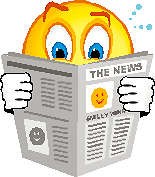
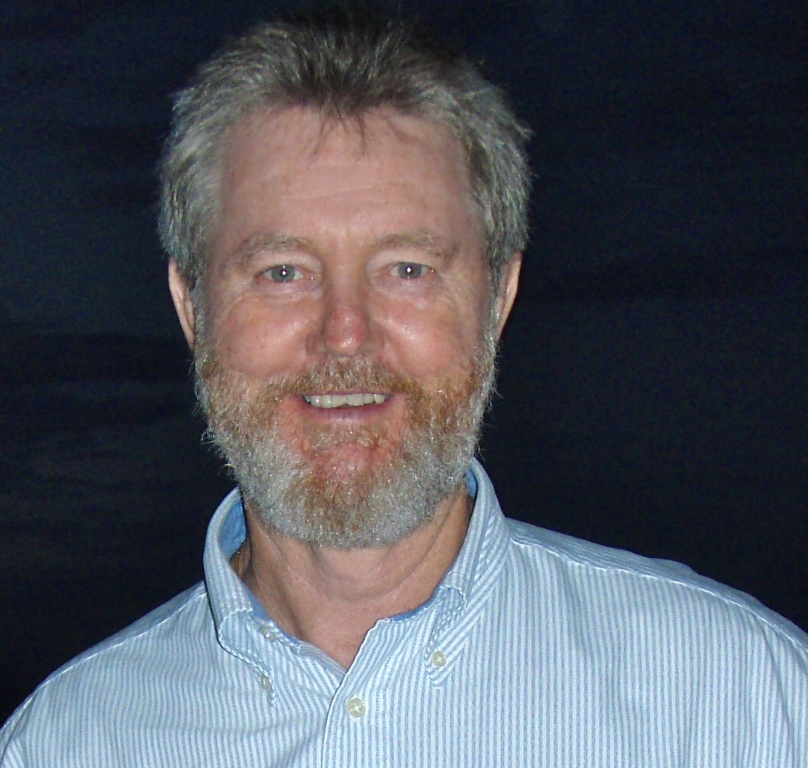
 pendent
early in life taking on jobs to earn pocket money and travelling by bus
to spend Christmas with my cousins in Gippsland at 12 years of age. It
took 20 hours to travel from Brisbane to Sydney via the Pacific Highway
in 1959 in a Greyhound bus with no fewer than four rivers to cross by
barge on the journey. I got the travel bug early and never lost it.
pendent
early in life taking on jobs to earn pocket money and travelling by bus
to spend Christmas with my cousins in Gippsland at 12 years of age. It
took 20 hours to travel from Brisbane to Sydney via the Pacific Highway
in 1959 in a Greyhound bus with no fewer than four rivers to cross by
barge on the journey. I got the travel bug early and never lost it.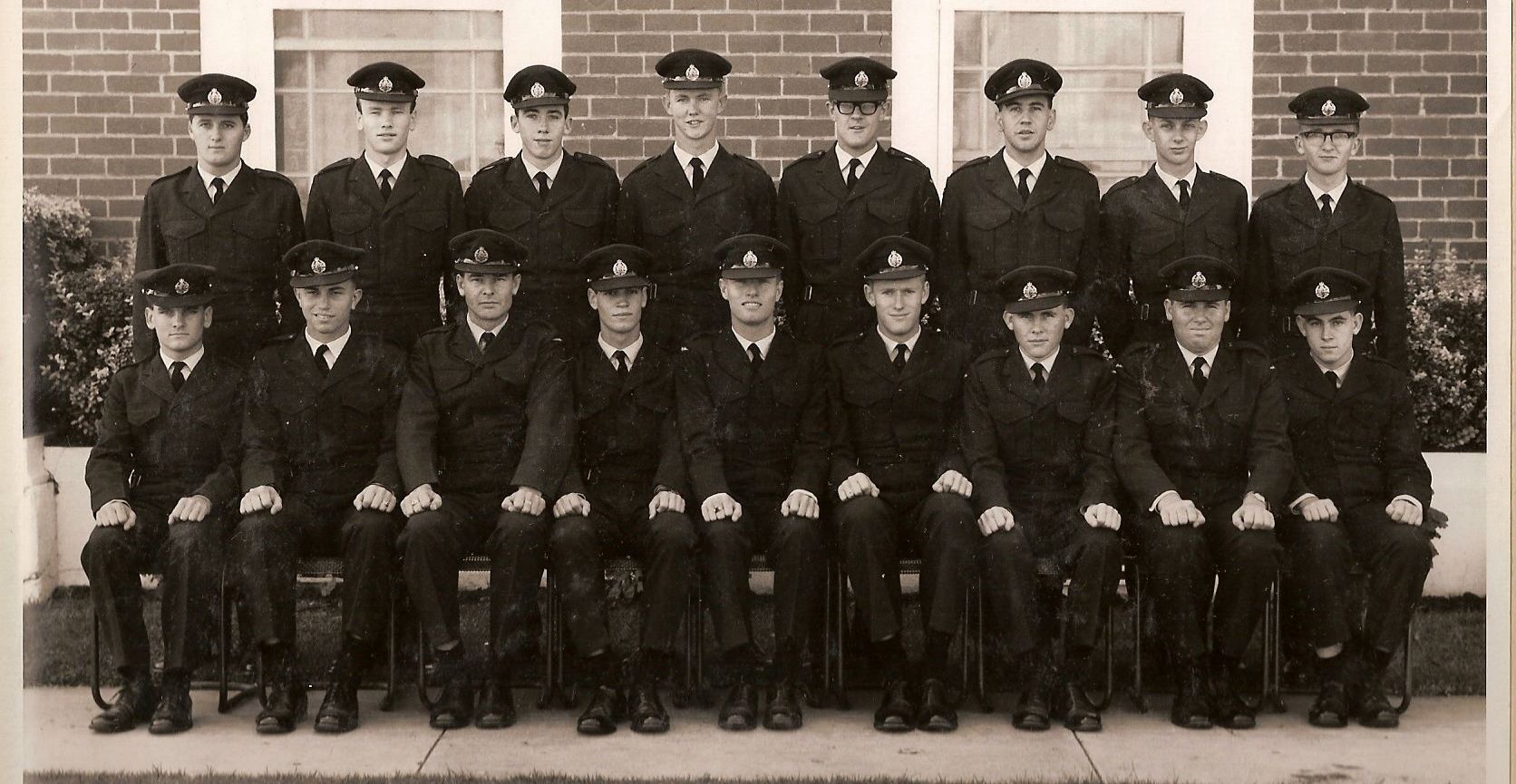
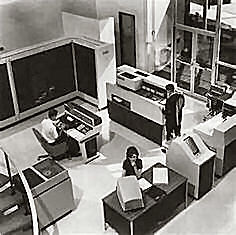 provided
a comprehensive 10-week hands on training course for their 3300
mainframe computer. I remained with Control Data as a customer engineer
until 1977 gaining experience on the Victorian TAB, ABS in Melbourne and
then ABS and ATO in Brisbane.
provided
a comprehensive 10-week hands on training course for their 3300
mainframe computer. I remained with Control Data as a customer engineer
until 1977 gaining experience on the Victorian TAB, ABS in Melbourne and
then ABS and ATO in Brisbane.  o
die for. Mine included Boston, Rome and Disney World in Florida.
During this phase of my sales development I accepted a position as
Northern Region ISO manager for a newly formed sales arm of Wang located
in Sydney and dealing with Independent sales organizations located on
the eastern seaboard. One such organization was Solution 6, a Brisbane
based software house with strong links to Wang.
o
die for. Mine included Boston, Rome and Disney World in Florida.
During this phase of my sales development I accepted a position as
Northern Region ISO manager for a newly formed sales arm of Wang located
in Sydney and dealing with Independent sales organizations located on
the eastern seaboard. One such organization was Solution 6, a Brisbane
based software house with strong links to Wang.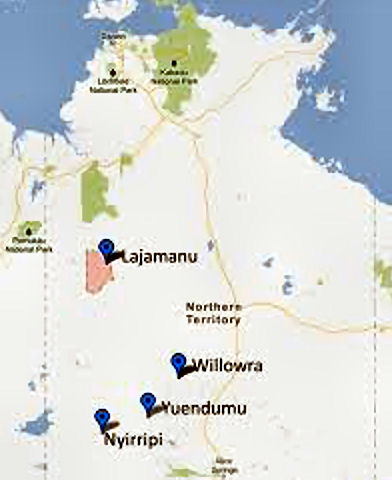
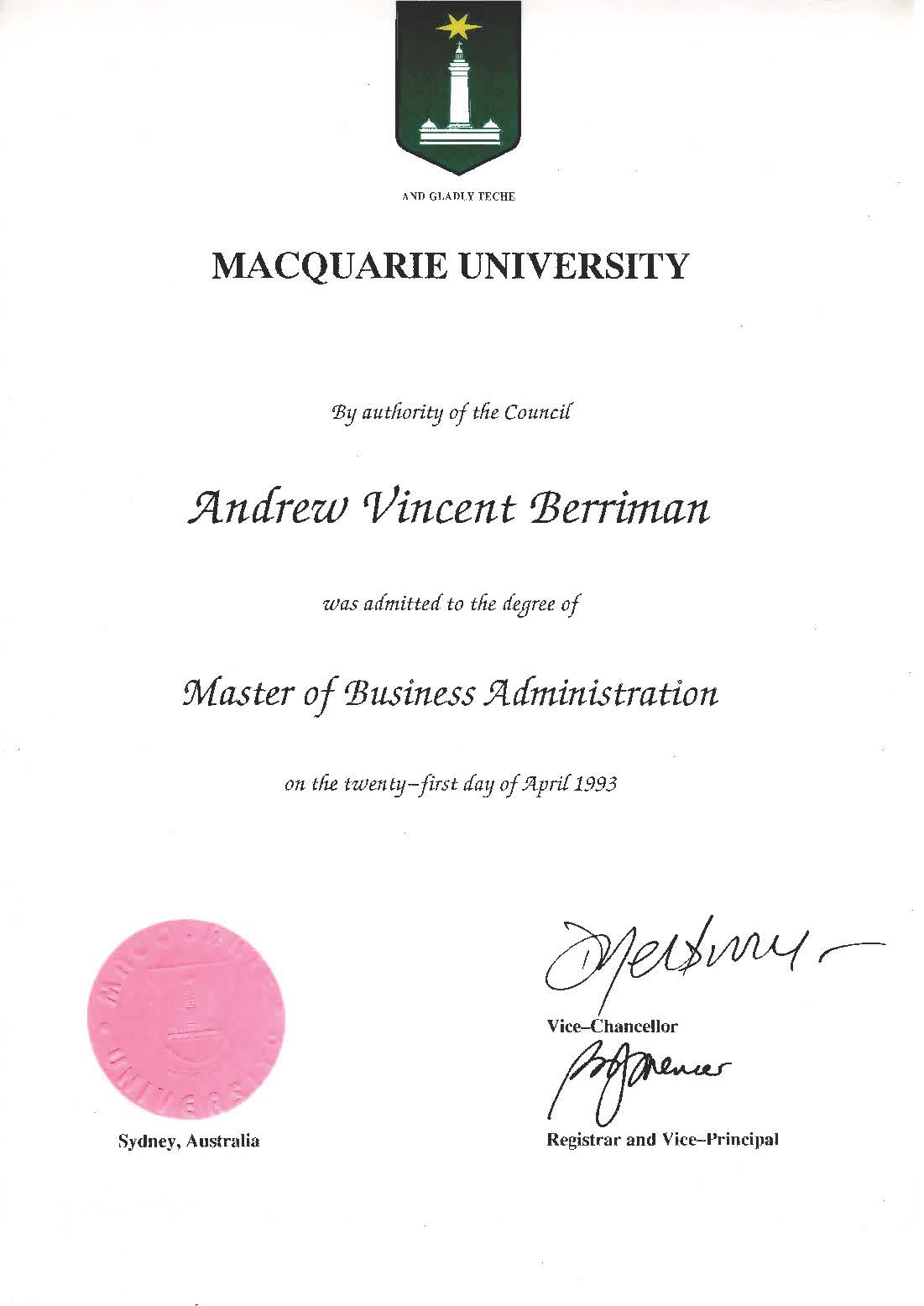
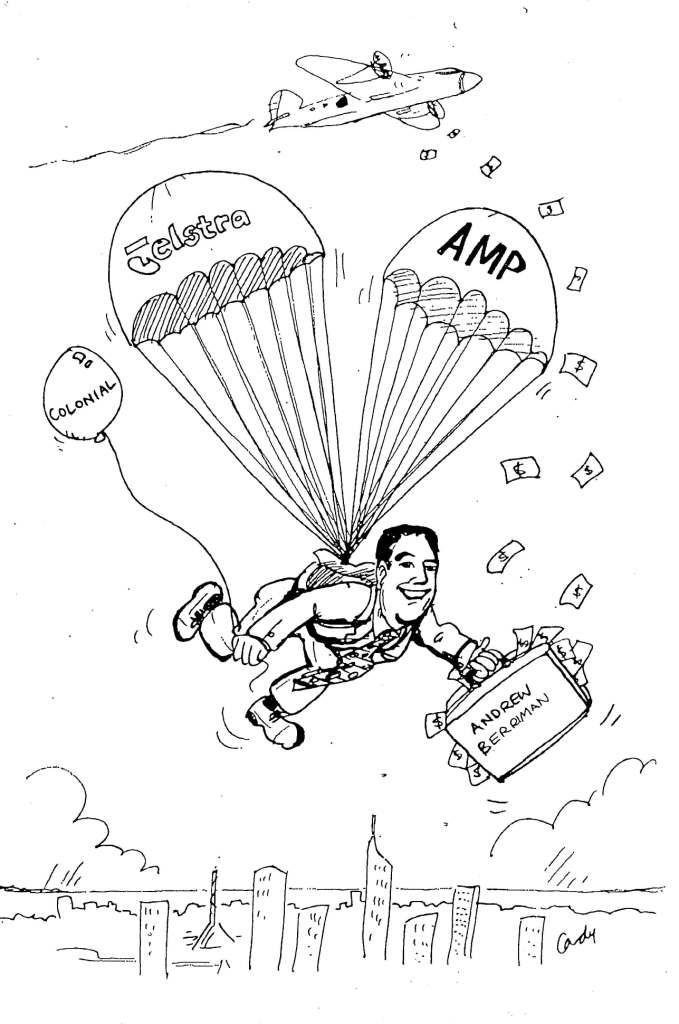 s
between Sydney and Melbourne, hence the artist’s impression at right.
s
between Sydney and Melbourne, hence the artist’s impression at right.